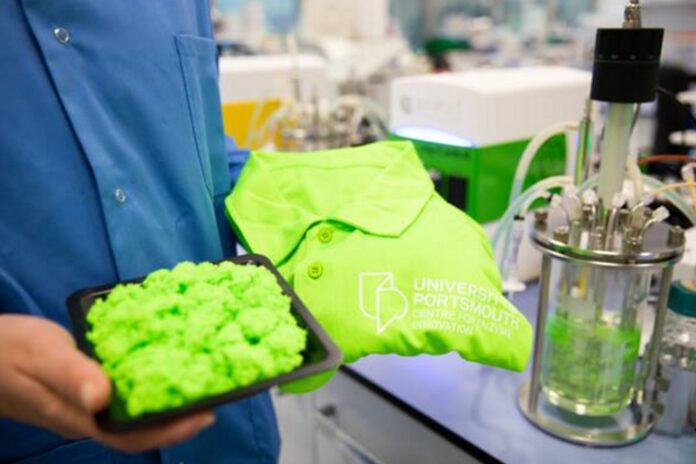Leaf-branch compost cutinase (LCC) that helps microbes break down the waxy coating of leaves, was selected by a Tokyo based researcher Ms Sintawee Sulaiman in 2010 with the hope that it might also help degrade plastic.
She cut up some plastic packaging from a pair of headphones and left the shards in water overnight with some samples of LCC. By the morning, it looked different. The piece of plastic had some holes, or some breakdown, to her surprise.
The plastic was PET, which is a polymer. Polymers are found everywhere in nature – cellulose, a structural component of trees and other plants, is the most common example. Enzymes have evolved alongside them to break down their chemical bonds, allowing microbes to biodegrade organic material.
Prof Alain Marty and his colleagues at the University of Toulouse in France after eight years of research -engineered LCC – now LCCICCG – to become a trained PET specialist. The enzyme is now so efficient that it can completely break the PET polymer down to its constituent monomers – the chemicals producers need to make new plastic. “We are using an enzyme that you can consider molecular scissors,” he says.
Polyester, a form of PET plastic, accounts for about half of the clothing fibre the world produces. Eventually, most of these clothes end up being incinerated or sent to landfill, often in the developing world. But the big machine in Clermont-Ferrand offers them an afterlife, shredding them and then meticulously removing buttons and sequins.
The scraps of fabric that make it through this process are then fed into another machine where they are turned into soft pellets. Mountains of jewel-like shards from plastic bottles go through the same machine, also to be turned into pellets.
The pellets do not need to be 100 percent PET. The pellets from textiles contain other fabrics like cotton and the bottles contain green dyes. Mixed plastics, such as food trays, can also be dealt with.
By 2025 the plan is to open a factory in northeast France that will be able to recycle 50,000 tonnes of PET waste a year – that’s 300 million T-shirts, or two billion bottles. Carbios does not aim to become a recycler, but will license its process out to other companies, which means it has the potential to spread quickly.
Carbios are not alone in this sector – other research teams are working on PET recycling with a variety of enzymes. But none of these teams are at the point of scaling their process up.
According to the OECD, less than 10 percent of plastic worldwide is recycled. Every year, around half of the world’s 400 million tonnes of plastic waste goes to landfill. Carbios is already turning its attention to plastics with more complex chemical structures. Nylon is top of the list, but Prof Marty says this will need a completely different enzyme to unlock it.
Sintawee Sulaiman, who first witnessed LCC degrade plastic in 2010, is pleased with the progress her enzyme has made since she gave it its first meal of headphone packaging.



